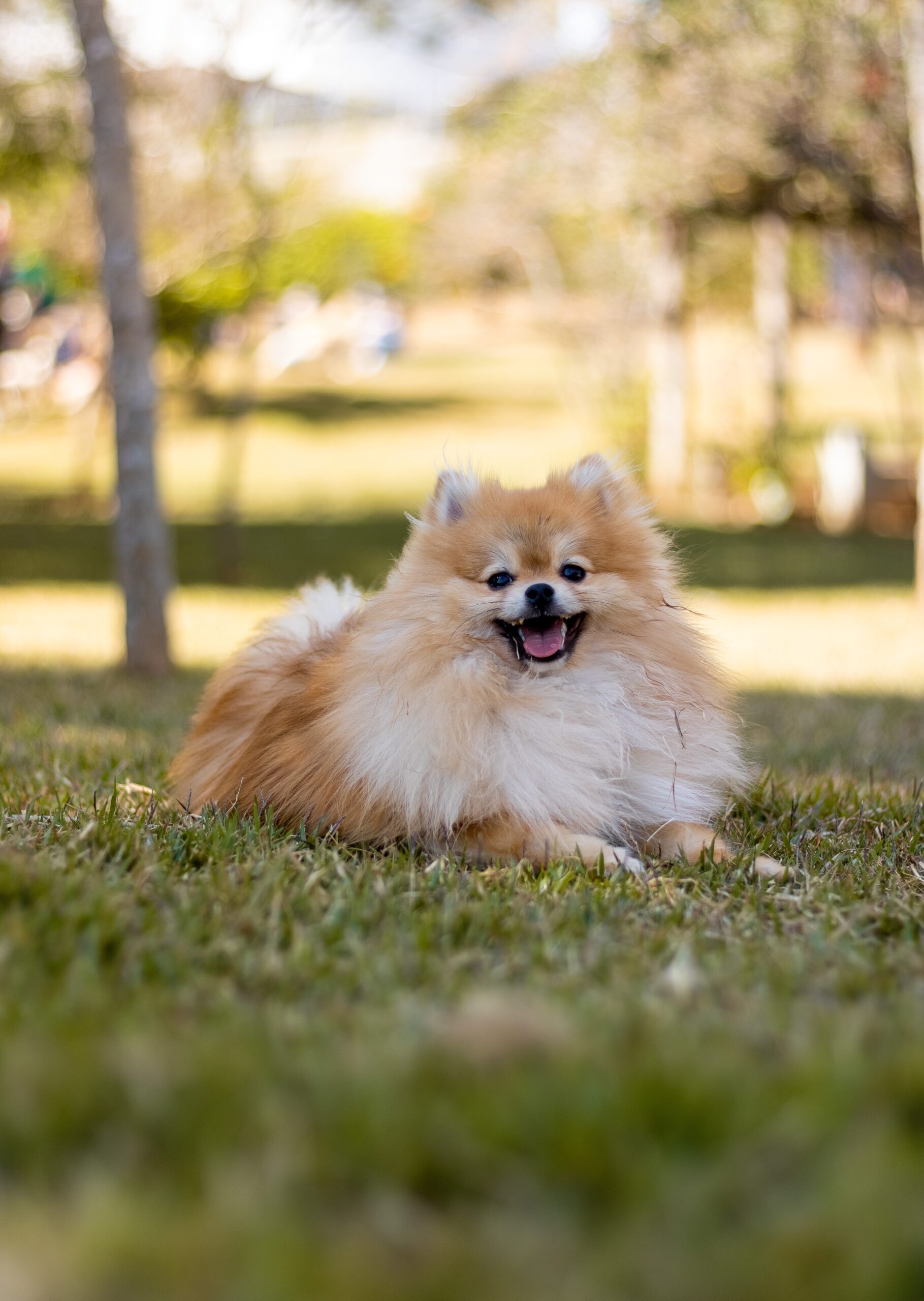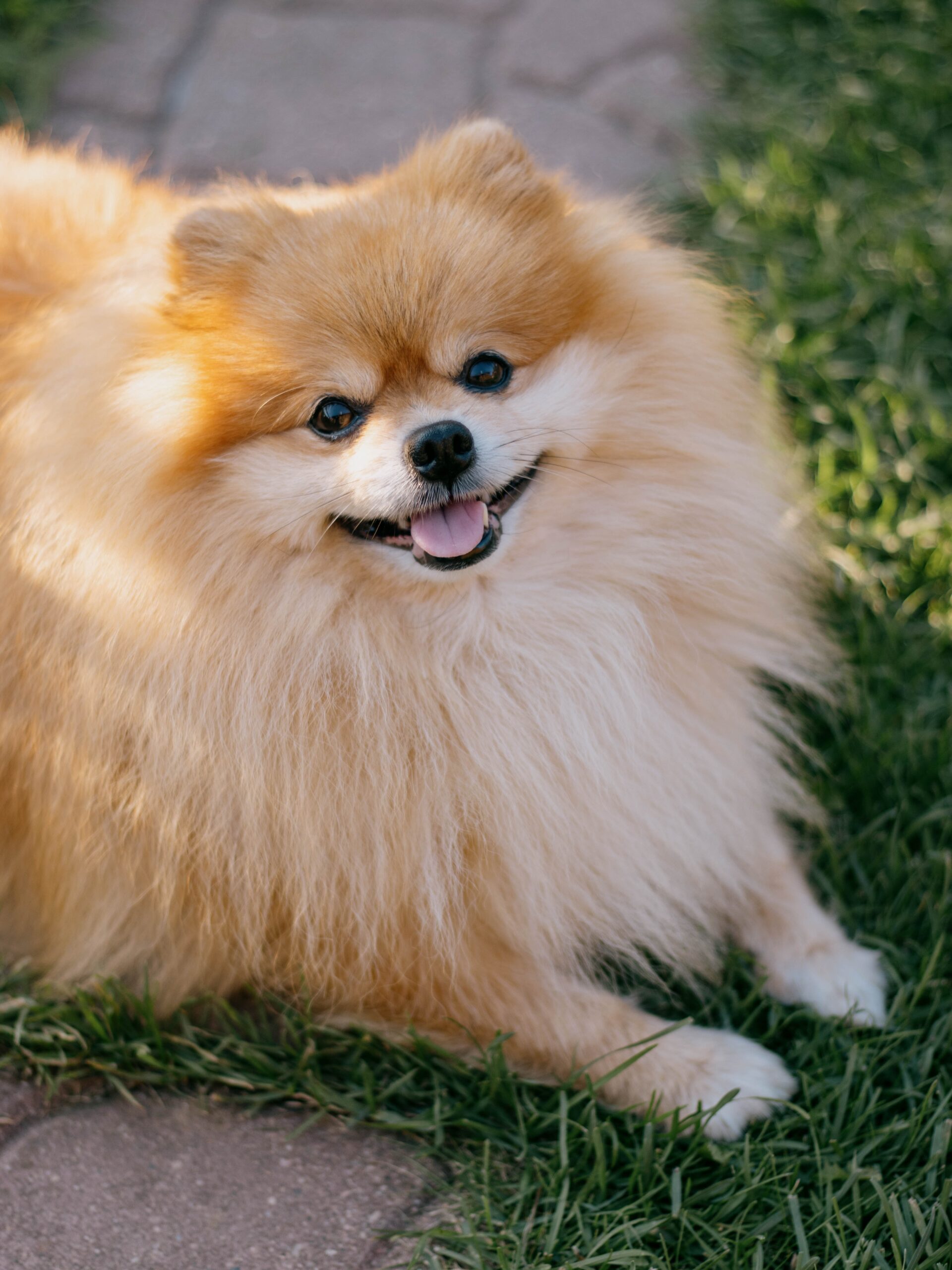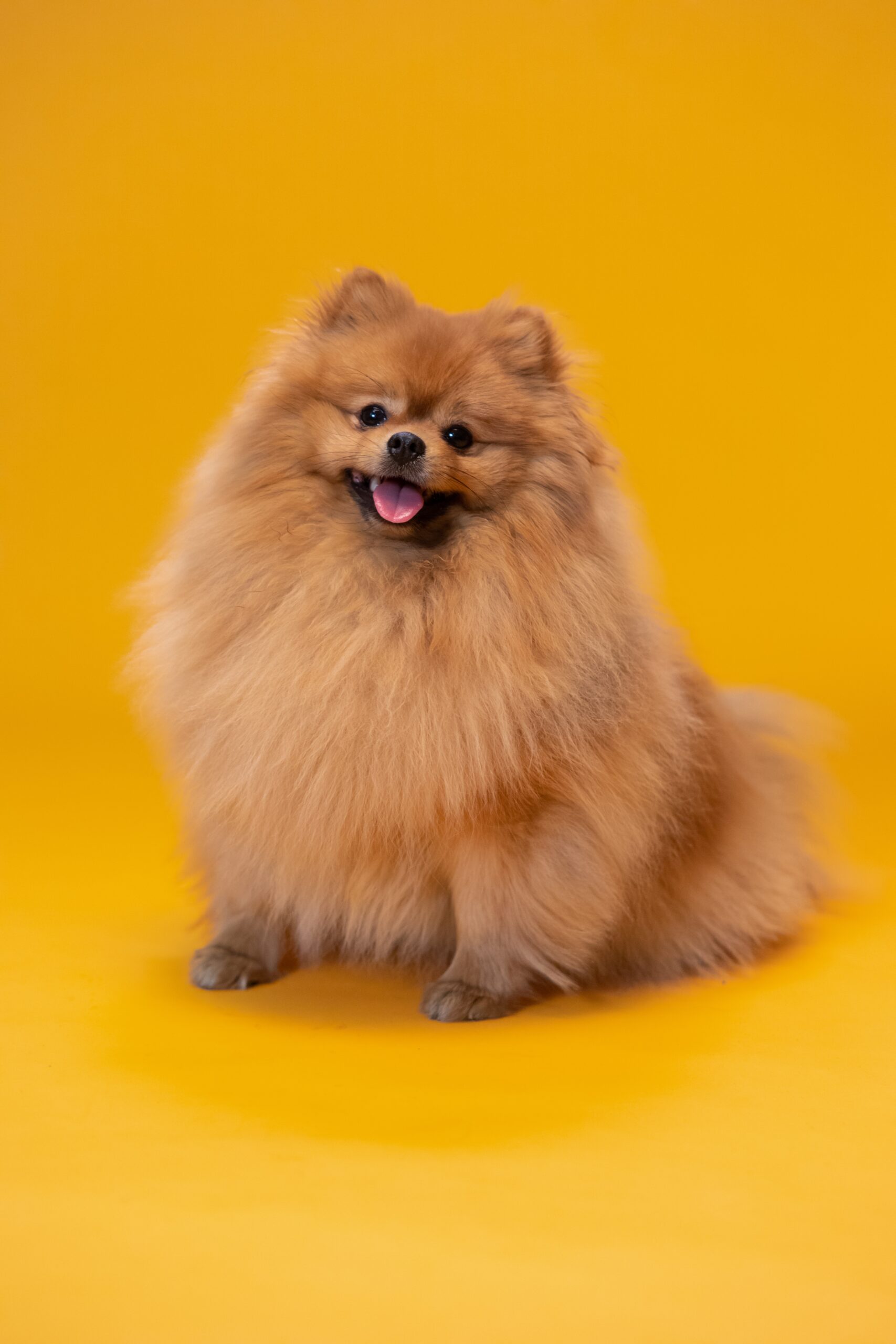It has been said that the little Pomeranian, a longtime favorite of both royalty and commoners, is the perfect companion. The magnificent coat, happy, foxy face, and vibrant nature of the Pom have made it one of the most well-liked toy breeds in the world. The Pomeranian is a small dog (weighing no more than seven pounds) with an authoritative big-dog temperament. Nearly two dozen colors, as well as other patterns and markings, are available for the thick double coat with its frill reaching over the chest and shoulders, although orange or red are the most prevalent choices. For families with kids old enough to understand the difference between a toy dog and a toy, Pomeranians make excellent watchdogs and cheerful companions since they are alert, intelligent, and simple to train. Poms are happy in both the city and the suburbs since they are active yet may be exercised with indoor play and quick walks. They are adept at tricks and games, but their favorite thing to do is to make their special person laugh and be with them.
Pomeranian
Average sizes and life
expectancy of the breed.
Height
6-7 inches
Weight
3-7 pounds
Life Expectancy
12-16 years
Breed Traits & Characteristics
About the Breed

Owning a dog is not just a privilege; it’s a responsibility. They depend on us for, at minimum, food and shelter, and deserve much more. When you take a dog into your life, you need to understand the commitment that dog ownership entails.
 Health
Health
Recommended Health Tests From the National Breed Club:
- Patella Evaluation
- Cardiac Exam
- Ophthalmologist Evaluation
 Grooming
Grooming
 Exercise
Exercise
 Training
Training
 Nutrition
Nutrition
History
The Pomeranian is a diminutive relative of the strong Arctic sled dogs of the spitz type. The region of northeastern Europe known as Pomerania, which is now a part of Poland and western Germany, inspired the breed’s name. The Pom’s ancestors were bred down from their larger, burlier counterparts there, hundreds of years ago.
The smallest spitz breed is the Pom, also referred to as the Zwergspitz in some regions. You could claim that Poms are “fit for a queen” because of their graceful demeanor and regal bearing, and you’d be right. Queen Victoria, who fell in love with the breed while touring Florence, Italy, is largely to blame for the Pom’s fame. The popularity of the breed was ensured when the dog-loving Dowager Queen returned to Britain with Poms in tow.
Victoria developed into a serious Pom breeder and exhibitor. Victoria displayed six of her breeding dogs in the 1891 Crufts dog show. Windsor Marco, one of her favorites, took first place in the breed. Victoria is credited with shrinking the Pom’s size from roughly 30 pounds to their current toy stature (a British historian noted that it would have taken a courageous judge to have placed her second). It was said that the elderly queen’s favorite Pom, Turi, maintained watch at the foot of her bed as she lay dying in 1901.
Pom owners in the past have included Marie Antoinette, Emile Zola, and Wolfgang Amadeus Mozart, all of whom had high social standing.




